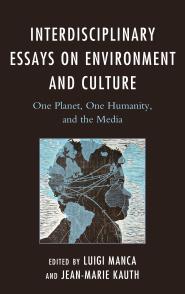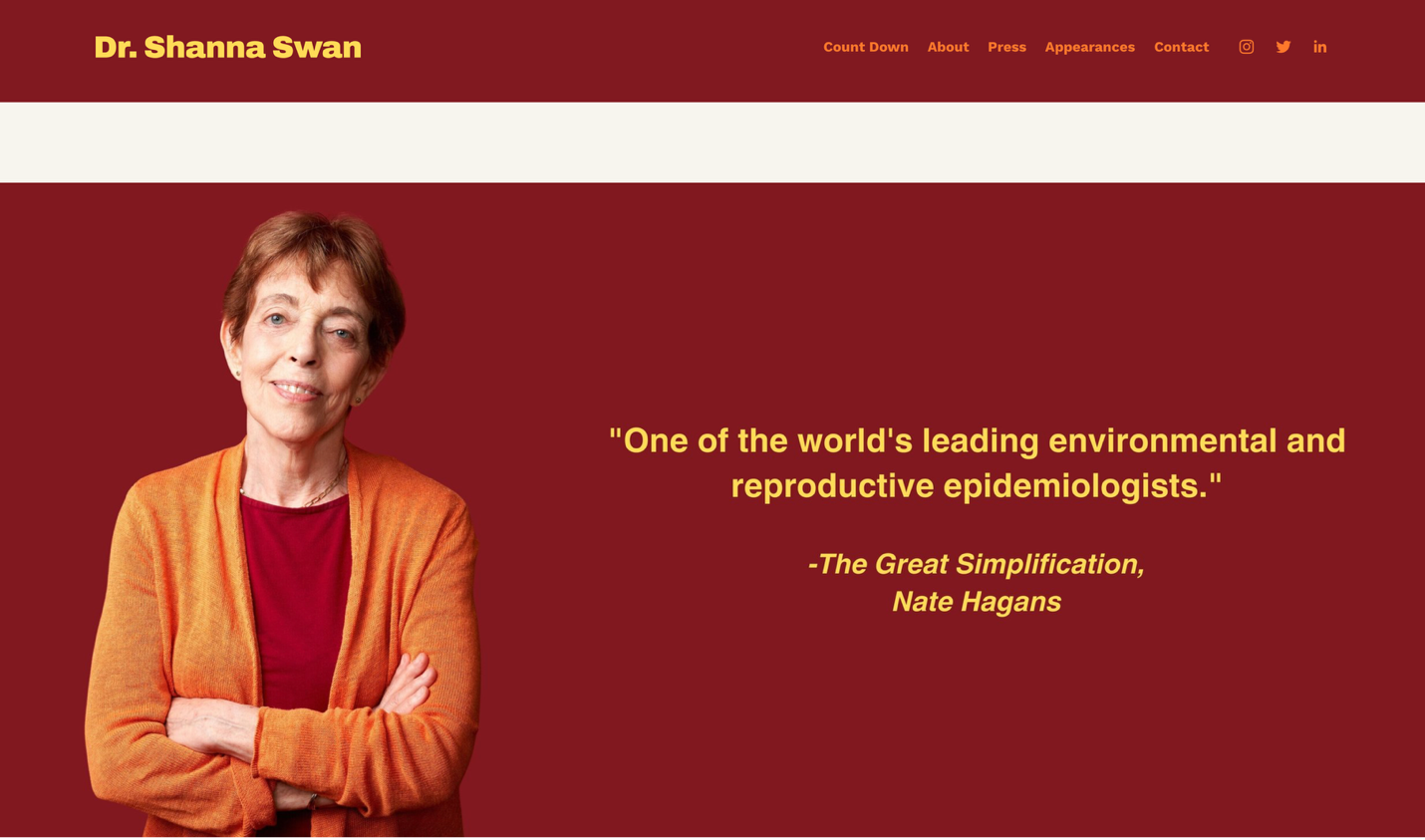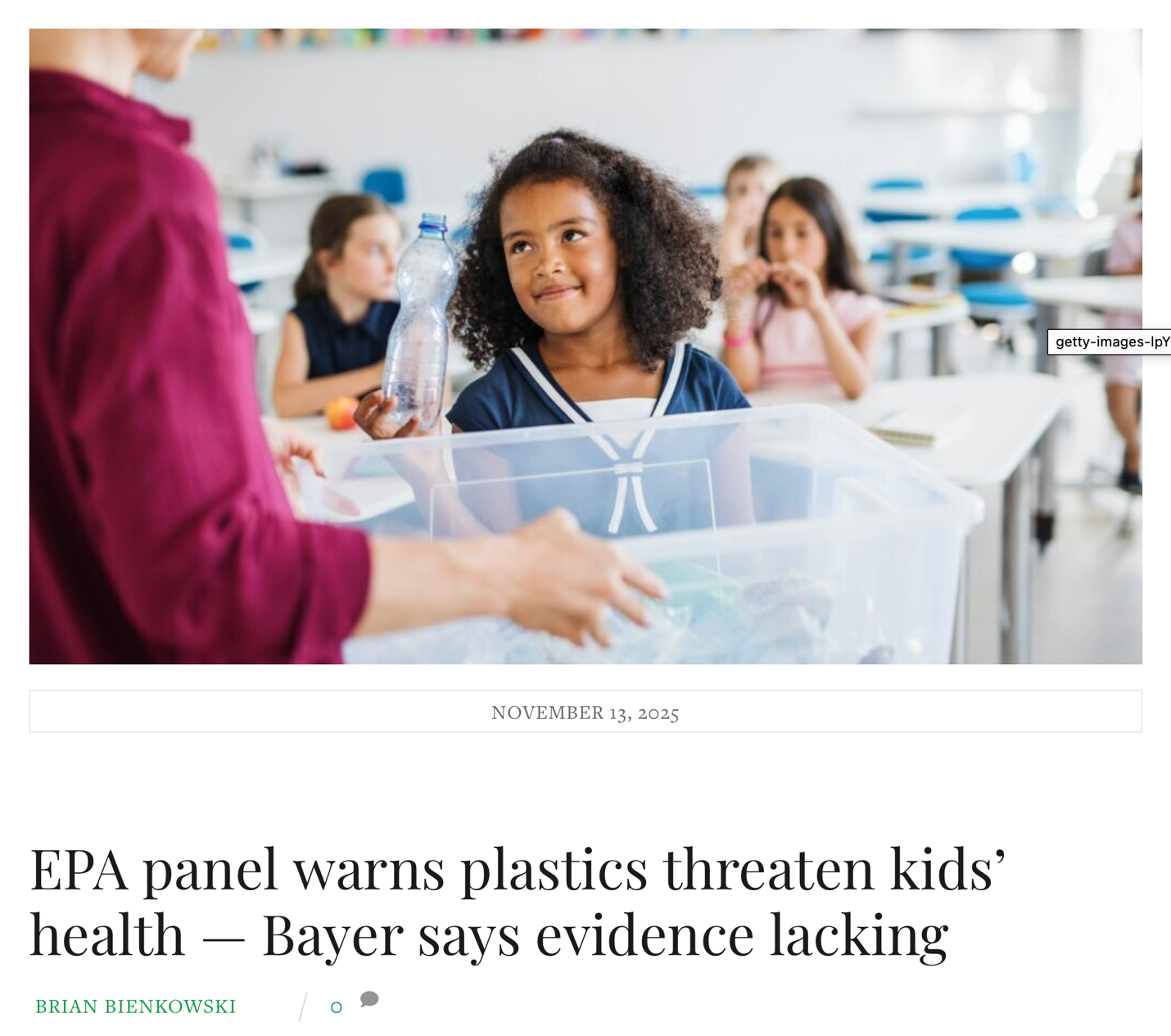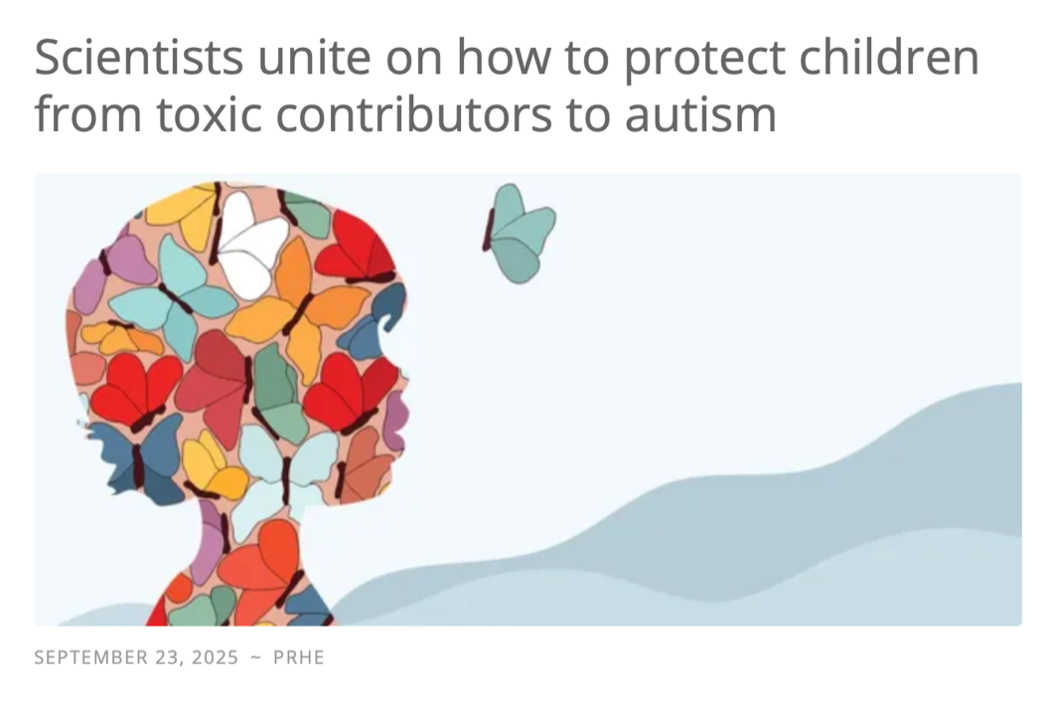 The book Luigi Manca and I edited is out, at https://rowman.com/ISBN/9781498528900/Interdisciplinary-Essays-on-Environment-and-Culture-One-Planet-One-Humanity-and-the-Media
The book Luigi Manca and I edited is out, at https://rowman.com/ISBN/9781498528900/Interdisciplinary-Essays-on-Environment-and-Culture-One-Planet-One-Humanity-and-the-Media
In one of my chapters, I address the sinister acuity of lawn care marketing, which leads to higher levels of pesticide exposure:
Evidently, the ideal is not just to use chemicals to cultivate that velvety green, but to also have your babies and pets roll around in it, bringing the toxins indoors where they break down slowly, if ever. The toxic succession began with artificial fertilizers and continued with lead arsenate (New! Improved! Lead and arsenic!—the ad could read), chlordane, dieldrin, diazinon, 2-4-D, chlorpyrifos, and carbaryl. Although there is substantial evidence linking them to cancer and other maladies, the last three are still used in the United States, though they, along with other cosmetic pesticides, have been banned elsewhere.
The Google image search of “dandelions” is a heartening foray into the best of human nature. Venture into “weed control,” however, and you encounter a whole other world. There, dandelions are the enemy, to be fought with deadly weapons: sprays, powders, goats, and tillers. Scotts Miracle-Gro obviously has something to say about this: “Don’t let weeds drive you crazy,” with a woman pulling crabgrass up by hand; “There is just no place for weeds in your garden,” accompanied by a picture of a jackboot grinding a dandelion into the ground. Indeed, it is crazy to let weeds drive anyone crazy. But it is crazier still to use toxic chemicals that permeate not just our lawns, but our homes and bodies, to kill them. Lawn chemical dealers create the audience they describe by creating anxiety in viewers, a well-known ploy in advertising: “Lawn-lovers wince with one dandelion in the lawn. Keep dandelions from stealing the show” (Scotts 2011). The website advises against the effective measure of pulling them, lest they “grow right back.” Advertising by Scotts preys on male anxiety about balding: “Combovers never look good”; “Your plugs are showing”; and “Yes, your balding is noticeable,” all showing various degrees of lawn thinning and comparing it with hair thinning. That seems a low blow. Advertising also treats lawn like a hungry child: “It’s big. It’s green. It’s alive. And it’s really, really hungry.” Here, it’s the lawn that should be nurtured and cared for, to the detriment of any actual children. Children often recline on the green lawns as if to emphasize that they are safe. In fact, families lounging on perfect green lawns may be one of the most frequent images used over the whole history of lawn care advertising.
A search of “ChemLawn,” cannily renamed TruGreen, reveals a world in which the dandelion is the enemy. ChemLawn has taken to plastering pictures of dogs on their trucks, perhaps to emphasize the safety of the chemicals without going so far as children, the risk to whom may now be known enough to create anxiety. This move is ironic, considering that canine lymphoma and bladder cancer have been shown to be substantially higher among dogs that have contact with sprayed lawns (Knapp et al. 2013; Hayes et al. 1991; Takashima-Uebelhoer et al. 2012). Warning signs put up by ChemLawn say to stay off until the pesticides are dry, when in fact, they are dangerous and able to be absorbed through the skin and tracked inside for much longer than that. In many neighborhoods, it is clear which houses are treated and which are not during two weeks in May because of the dandelions. The dandelions are seen as dirty, while the “pure” green lawns are seen as dirty. Meantime, what really contaminates and pollutes are the chemicals used to achieve those lawns. Those who don’t treat their lawns are seen as lazy, or somehow civically deficient. In my struggles to get my own university to stop treating lawns, “being a good neighbor” was often invoked, as though dandelion seeds are the worst thing one can do to a neighbor. We need to redefine what it means to be a good neighbor.
Perhaps it is the even and unmixed look that appeals—unadulterated bags of rice have only rice in them, though it turns out that the odd weevil boosted the protein intake of vegetarian monks. A dirty surface or shirt is spotted. A baby has no freckles, no marks from the kiss of sun on its face. Perhaps that is why Gerard Manly Hopkins thought to compose a poem to Pied Beauty, because unbroken sameness connoting purity is seen as the more likely model: “Glory be to God for dappled things—For skies of couple-colour as a brinded cow; For rose-moles all in stipple upon trout that swim . . . .” Perhaps again, our adaptive instincts are appealed to, but deceptively so.
For more, visit the website. The discount code is LEX30AUTH16, and can be used to purchase the hardcover and/or ebook format through Rowman & Littlefield for 30% off. Please keep in mind that 1) this discount begins January 1, 2016 and expires on December 31, 2016 and 2) this discount code is only good when a book is purchased through Rowman & Littlefield (either over the phone, by mailing in the order form from the back of a flyer, or through the website); not through third party vendor sites like Amazon.
Thanks to all our wonderful contributors--Chris Birks, Elizabeth Dobbins, Pierpaolo Duce, Federico G. Francioni, Elizabeth Kubek, Marian Mesrobian MacCurdy, Steve Macek, Tim Marin, Joaquín Montero, Kit O'Toole, Maria Lucia Piga, William Scarlato, Anne Marie Smith, Craig Stark, Martin Tracey, and Francesco Villa; contributing artists Kristin Nowlin, Rockwell Kent, Chris Jordan, Robert Rauschenberg, William Scarlato, and Gary Schirmer; Benedictine University; Curator Teresa Parker; Megan Shelton Benham; Editor Lindsey Porambo at Lexington Books; and Doug Vakoch, Series Editor.
References
Hayes HM, Tarone RE, Cantor KP, Jessen CR, McCurnin DM, Richardson RC. 1991. “Case-Control Study of Canine Malignant Lymphoma: Positive Association with Dog Owner’s Use of 2,4-Dichlorophenoxyacetic Acid Herbicides.” Journal of the National Cancer Institute 83: 1226-31.
Knapp DW, Peer WA, Conteh A, Diggs AR, Cooper BR, Glickman NW, Bonney PL, Stewart JC, Glickman LT, Murphy AS. 2013. “Detection of Herbicides in the Urine of Pet Dogs following Home Lawn Chemical Application.” Science of the Total Environment 456-457:34-41.
Scotts Miracle-Gro. 2011. Dandelions. http://www.scotts.com/smg/node2/SCOTTSCOM/weed-control/dandelions/7200049-24200049-s
Takashima-Uebelhoer BB, Barber LG, Zagarins SE, Procter-Gray E, Gollenberg AL, Moore AS, et al. 2012. “Household Chemical Exposures and the Risk of Canine Malignant Lymphoma, a Model for Human Non-Hodgkin’s Lymphoma.” Environmental Research 112: 171-76.












